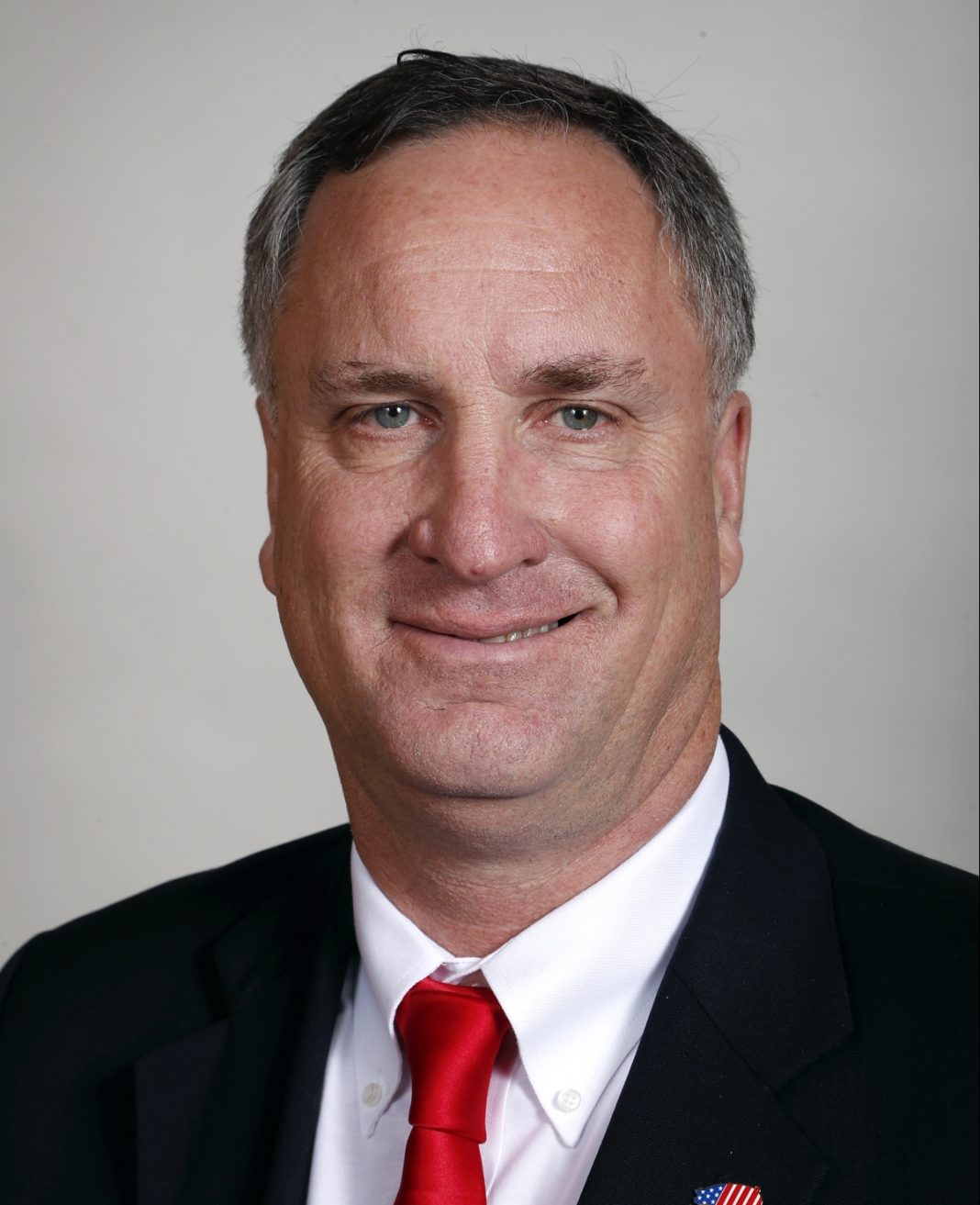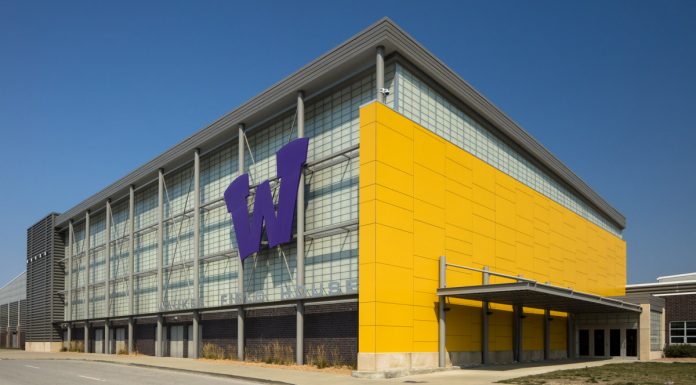This week the U.S. Census Bureau released its first round of data for the decennial census of population. The apportionment results are the total number of residents in each state and dividing it among the 435 seats in the U.S. House of Representatives. The Census Bureau reported that the population of Iowa for the 2020 Census was 3,190,369 residents, an increase of 144,014 residents (4.7%) since 2010. Iowa ranks 28th in the country for percentage change from 2010, enough to ensure that Iowa will continue to have four elected representatives in the House of Representatives.
Based on these 2020 numbers, the “ideal population” for a congressional district will be 797,592, a state senate district would be 63,807, and a state house district would be 31,904. Ideal population is a guide when the non-partisan Legislative Services Agency and the bipartisan Temporary Redistricting Advisory Commission work on drafting a proposed redistricting plan. Other factors apply when drawing districts beyond ideal population. Respect for political subdivisions, contiguousness, compactness of districts, and interrelationship of districts need to be considered when drawing districts.
The Census enumeration date is set by the U.S. Constitution as April 1, every year ending in zero. Releasing the apportionment counts on April 26, 2021 puts the current delay of information needed for redistricting over a year behind Iowa’s Constitutional schedule. The next steps in redistricting will have to wait until the Census Bureau releases what is known as the “legacy format summary redistricting data file.” Once this data is received, LSA can begin inputting the data into pre-established geographic areas and begin forming the new districts for a proposed plan.
It is still to be seen how delays to the 2020 decennial caused by the COVID-19 pandemic will affect the redistricting process in Iowa. However, it’s important to remember that the redistricting process in Iowa is unique in its non-partisan approach to drawing new district maps and legal requirements to consider the shape and boundaries of districts. While delays in census data can cause timeline issues, the process in Iowa will continue to be done in a fair non-partisan way.












